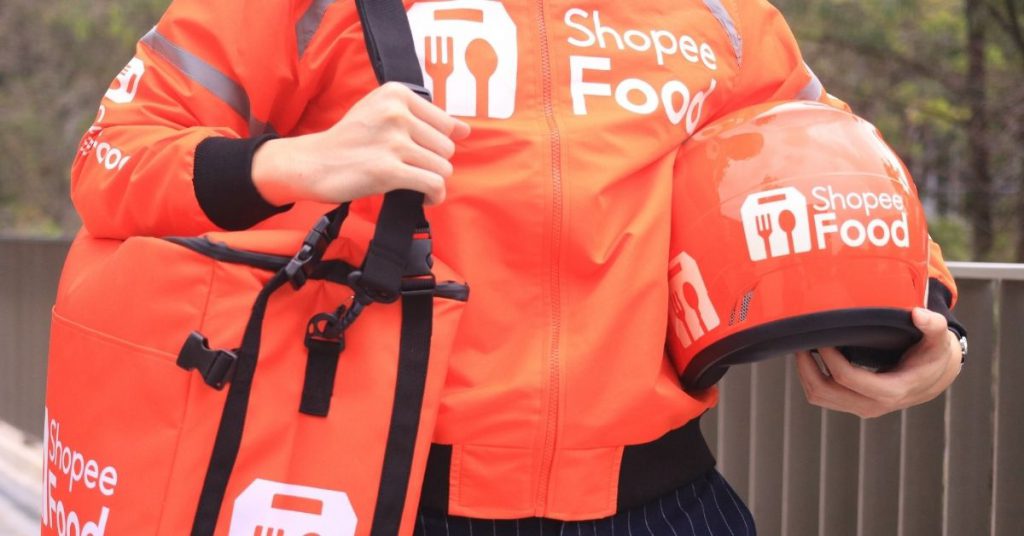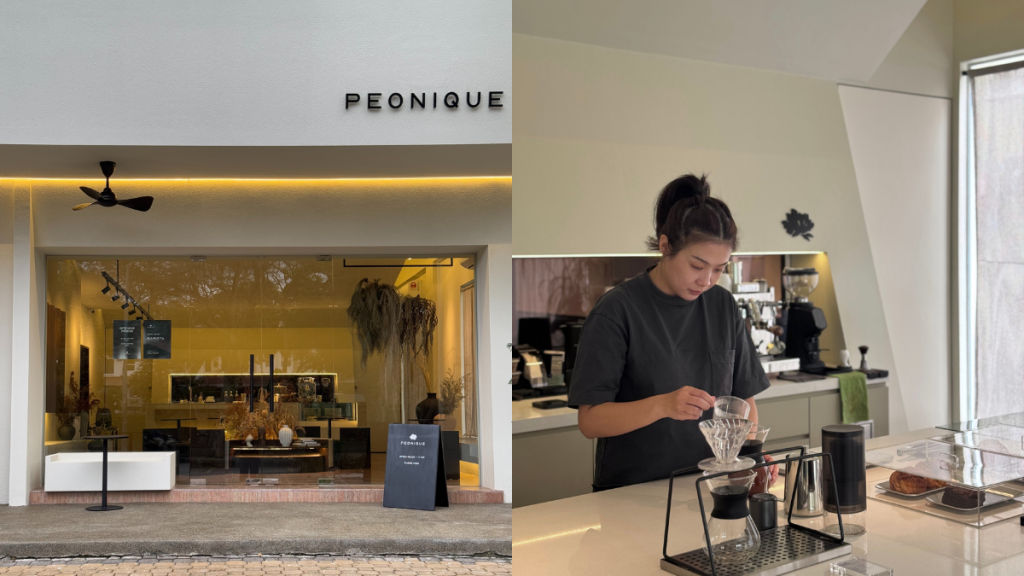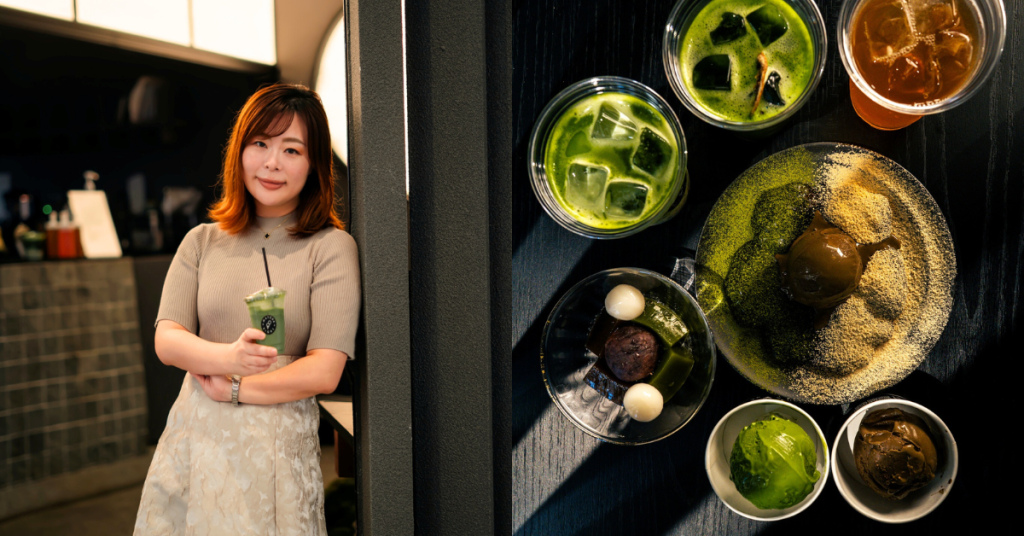Despite the food delivery competition getting tighter in Malaysia, Shopee isn’t backing down from joining the race. Just yesterday, Shopee Malaysia announced it’s recruiting riders for ShopeeFood in KL and Selangor.
While you’d be hard-pressed to find customers who would complain about having more choices, ShopeeFood will have its work cut out for it if it wants to impress.
This is because Malaysians have long faced ongoing issues in the local food delivery scene. For ShopeeFood to stand out as a choice pick, here’s what it must address.
1. A lack in rider competency and volume
Recently, there’s been a drop in delivery riders among local service providers, and one even said that there’s been an 85% drop in availability.
Grub by Ahong & Friends, Cauli & Rice, and NALE were some F&B establishments who also told Vulcan Post they’ve been seeing a 70% to 90% drop in sales for delivery alone due to a lack of riders.
This is because most riders are slowly returning to their full-time jobs or switching to working as couriers. These offer more stable incomes as they don’t have to wait around during the day for unpredictable food delivery jobs.
Popular food delivery apps with their own fleets tend to also get complaints from customers who placed and paid for orders that never arrived. Typically, customers point out the reason for such occurrences being riders who:
- Disappear completely with their orders (usually of larger amounts and higher value),
- Claim that they’re unable to find a customer’s location,
- Give the orders to the wrong person, without proper clarification.
And then there are also instances where customers have made social media posts about receiving their orders in terrible condition or with completely missing food.
ShopeeFood must address this lack of quality control when launching its service. It would need to properly vet its riders, take customer feedback seriously, and take the necessary action to realign its riders with the set standards.
With attractive incentives and the right compensation, perhaps ShopeeFood would also be able to address the issue of rider volume and availability.
2. Limited delivery radius, especially in less “popular” areas
From our previous research on other food delivery apps, a common issue we noticed was that many have a limited delivery radius which affects those living in less central areas.
A smaller delivery radius means consumers have less variety of food options, and even the bigger players with their own fleets like GrabFood, foodpanda, and airasia food cannot cater to all Klang Valley districts equally.
As someone living in Cheras, it’s hard for me to get food from the city centre, PJ, and Bangsar. One of the only platforms I’ve tried that can deliver me such food is Beepit, but that’s because it outsources rider fleets from other providers.
These orders across a wider delivery radius also tend to have higher delivery fees. Unfortunately, we don’t have the proper insight to give reasonable suggestions to overcome this without placing the cost on customers, riders, or merchants.
It would be unfair to demand that ShopeeFood immediately has a fleet that’s large enough to provide equal coverage in both central and non-central areas. However, it would be something to consider in the future if they want to get and maintain a good market share.
3. Inefficient updating of the app’s database
Another common issue in the delivery rider scene is the efficiency of their database, such as how fast they can reflect changes like a store closing unexpectedly.
These events don’t always get updated on the app quickly (even with big players, according to friends and colleagues who are frequent users). It becomes a problem when people assume a store is still open, place their orders, and end up waiting for an hour or more only to later be told that their order is cancelled.
I had a similar experience on RunningMan, where a store’s location change caused several issues. Not only did the store receive my order late, but the rider first went to their old location for pickup.
In total, it took more than an hour to resolve the confusion over what would’ve been no more than a 20-minute delivery, since the store was nearby. When I called up the app’s customer service, they simply described what had gone wrong, but I have no idea where the fault really lay.
Regardless, to overcome such issues, ShopeeFood must ensure that their database can be easily updated by merchants where necessary, that the merchants are proactive in making the changes, and that these changes are all reflected on the app ASAP, or preferably in real-time.
4. High commission charges for merchants
Last but not least, it’s not news that food delivery apps can charge exorbitant fees for their services. Merchants themselves have already voiced their concerns, urging customers to order directly from their outlets instead.
An anonymous Reddit user who claims to be part of an F&B establishment in KL shared that the most recent rates they were quoted were 32% (GrabFood) and 28% (foodpanda).
For merchants who refuse to mark up their prices and instead depend on volume for profit, these rates can burn a hole in their pockets, especially with the cost of raw materials spiking recently.
If merchants mark up their costs to keep up, then customers will have to pay higher prices for their orders, which can drive them away. Thus, many merchants have resorted to taking the brunt of the commission rates and earning little profit.
To stand out, ShopeeFood would have to offer competitive rates that help merchants without transferring costs onto customers too. One way to tackle it would be to discuss possible solutions with merchants, taking their concerns and feedback into account, and coming to a compromise that benefits all parties.
Once that trust and confidence has been established between merchants and ShopeeFood, it would be easier to increase the onboarding rate as well as attract more customers to use the app.
-//-
We often joke that you had better not mess around with Malaysians and our food, and if complaints on social media are to be believed, we aren’t very satisfied with the current performance of our available food delivery apps.
We can’t say for sure what it would take to solve these issues, and more, but if it’s a challenge that ShopeeFood is willing to take on, we have no doubt that its efforts will be acknowledged and appreciated.
At times like this, we’re all depending on one another more than ever to keep the economy afloat, and new initiatives should prioritise bringing in more solutions instead of competition.
- You can learn more about ShopeeFood here.
- You can read more Shopee-related articles we’ve written here.
Featured Image Credit: Shopee


















